Para muitas empresas, o gerenciamento de ativos de software é visto como algo cansativo e sem esperança, sendo constantemente adiado até que seja tarde demais. Mas um ambiente SAM maduro traz muitos benefícios para a corporação. Dedicar um tempo agora para entender a maturidade do SAM pode economizar tempo e dinheiro a longo prazo. Por isso neste artigo vamos falar sobre como medir sua maturidade SAM, mas primeiro vamos entender o que é SAM e qual a importância de medir a maturidade de sua corporação.
O que é SAM?
SAM (Software Asset Management), também conhecido como Gestão de Ativos de Software, é uma prática de gestão projetada para otimizar o processo de compra, implementação, uso, manutenção, substituição/descarte de software em uma organização.
O SAM pode ajudá-lo a desenvolver medidas preventivas para garantir uma gestão segura e transparente da empresa. Os níveis de maturidade, por sua vez, indicam a eficácia com que uma empresa está executando essa prática.
Por um lado, o SAM otimiza os investimentos e reduz os riscos financeiros e legais. Por outro lado, gerencia o software a ser adquirido em um nível mais granular e pode planejar com mais precisão seu uso e eventual descarte.
Por meio do SAM, é possível alcançar um maior nível de transparência sobre a propriedade intelectual e as ferramentas tecnológicas de uma empresa, permitindo decisões mais decisivas.
O que é uma Avaliação de Maturidade SAM?
A Avaliação de Maturidade do SAM fornece às organizações uma visão simples de seus níveis de maturidade do Software Asset Management (SAM). Isso fornece análises independentes e benchmarks com os quais você pode avançar em sua jornada de SAM. Geralmente é realizado como um prelúdio para o envolvimento completo do SAM ou como uma revisão periódica durante os serviços gerenciados.
Quais os níveis de maturidade SAM?
Sem dúvidas, seu primeiro passo no gerenciamento de ativos de TI é determinar sua maturidade atual de SAM. Abaixo você confere a Curva de Maturidade ITAM/SAM produzida pela Snow Software.
Curva de Maturidade ITAM/SAM
As descrições abaixo vão te ajudar a mapear e entender onde você está em sua jornada SAM, para que você possa ter uma visão clara de onde está e qual é o próximo passo.
-
Conformidade de licenças e auditorias de software
Esta é uma fase reativa e a abordagem do ITAM é baseada em risco. Em grande parte dos casos, as auditorias são o principal fator.
-
ITAM estruturado
Seu ITAM já possui governança, responsabilidade, patrocínio, envolvimento de partes interessadas, processos e responsabilidades principais mapeados com pessoas e ferramentas para dar suporte à maioria dos ativos de tecnologia.
-
Otimização de custos
Aqui, os resíduos são identificados e ações são implementadas para a otimização dos custos. As atividades de reciclagem estão em andamento e os dados estão sendo compartilhados com as compras. Insights informam diretamente seus processos.
-
Otimização de recursos
O ITAM passa de uma visão baseada em custo dos ativos de tecnologia para uma abordagem baseada em valor. Os ativos passam a ser gerenciados com base no valor gerado pelos processos de negócios que eles suportam e nas informações que eles contêm e comunicam.
-
Governança de tecnologia digital
Quando se chega ao topo da curva de maturidade do ITAM, você não verá uma disciplina focada em TI, mas sim um facilitador de negócios. Nesse estágio, você vai ter acesso à análises e relatórios estabelecidos, monitoramento contínuo, suporte para atividades relacionadas, como segurança cibernética, governança e risco, autoatendimento do usuário de negócios e engajamento em todo o C-suite. O ITAM está focado nas prioridades de negócios, apoiando o crescimento, a inovação e a eficiência em toda a organização, não apenas na TI.
Por que devo avaliar a maturidade SAM da minha corporação?
É quase impossível construir um programa SAM eficaz sem saber o quão maduro é o seu programa. Cada etapa da maturidade do SAM leva você para a próxima e assim, você caminha para a conformidade e economias significativas.
A execução de uma avaliação de maturidade do SAM é uma excelente maneira de reduzir os riscos associados a um ambiente SAM desordenado, como auditorias inesperadas, altas taxas de atualização e lentidão de produção devido a licenciamento inadequado.
Por onde eu começo?
Independentemente do seu nível de maturidade SAM, você verá que qualquer movimento para cima requer uma forte visibilidade dos ativos. Seja software instalado, software/hardware de data center, móvel ou nuvem, para ter visibilidade dos ativos, significa entender o que você já tem, o que está sendo usado por quem e para qual finalidade.
Compreender o que está instalado é um começo. Mas o interessante é que você entenda o que está sendo utilizado. Assim, você pode comparar compras e uso, identificando áreas de economia de custo potencial significativa, como licenças não utilizadas, hardware em excesso e hardware de data center com especificações excessivas.
O SAM o ajudará a eliminar custos redundantes, recuperar e realocar licenças de software não utilizadas, reduzir despesas de manutenção desnecessárias e otimizar sua defesa em possíveis auditorias. Você pode optar por cortar seus gastos com TI este ano em resposta ao cenário de negócios em evolução. Ou, se você for como muitos outros, pode decidir aumentar seus gastos para transformar digitalmente seus negócios. De qualquer forma, o SAM te apoiará na gestão de seus gastos atuais e a evitar surpresas de auditoria indesejadas.
Se você gostaria de entender o cenário de sua corporação dentro dos níveis de maturidade SAM, entre em contato conosco e fale com um de nossos especialistas SAM.



